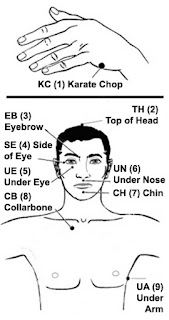But telecoaching--that's just weird, right? Even my spell check doesn't acknowledge it.
But distance coaching IS a viable option, particularly for anyone who doesn't have easy access to an in-person coach. Whether it is because you are unable to fit an office visit into your schedule, live somewhere where a coach or counselor is not within driving distance (or not one that speaks English), or simply prefer to work from the privacy and comfort of your home, e-coaching gives you the ability to take steps to improve your quality of life on your time.
Coaching by phone, email, or video chatting is effective, and has been proven to be so by the success of online coaching websites such as the Baby Sleep Site. There is also research that demonstrates that distance mentoring is comparable to in-person mentoring. In fact, it can be more effective, since it may be easier to access than an in-office visit.
Perhaps the biggest concern about e-coaching is that it might lack the personal touch of meeting with your coach in person. If in-person meetings are the only form of human contact you feel comfortable with, or if you are not comfortable with the technology, then yes, you may never be a good fit for online or telephone coaching or counseling. However, if you are able to connect with friends, family members, co-workers, and service providers using e-mail, the telephone, social media, and Skype, then you should give online coaching a chance.
Mind Body Global Wellness offers two types of distance stress-relief coaching to meet your needs:
- 1:1 live sessions using the telephone or video chatting technology such as Skype
- CALM Plans, which are comprehsive stress relief e-books customized to meet the needs of each individual client, and include follow up support via email.
Corporations also benefit from hiring a distance coach, since consulting and presentations delivered electronically obviates the need to pay for the expert's travel expenses, and may be priced more affordably than on location services.
Mind Body Global's mission is to give all people access to stress relief by pricing its distance coaching at affordable rates. If you know that you need help relieving your stress, but feel that a particular product or service is beyond your means, please contact me at www.mindbodyglobal.com. Sliding scale rates may be available, and may be subject to a means test. I look forward to talking with you!

